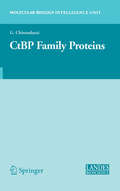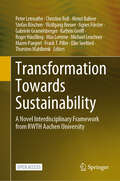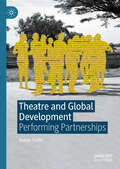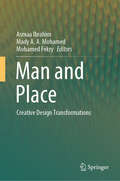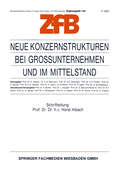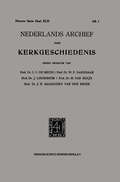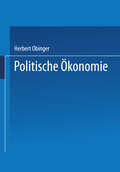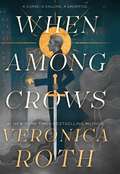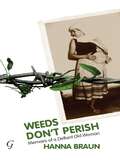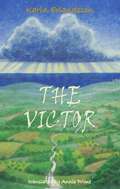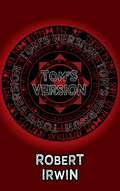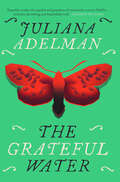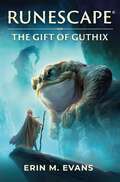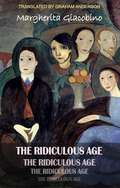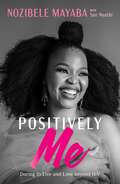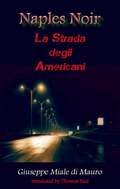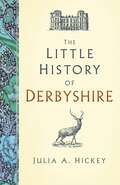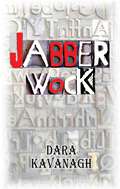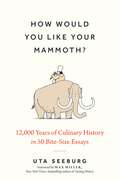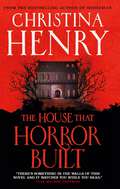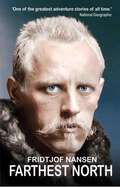- Table View
- List View
Transformation Towards Sustainability
by Peter Letmathe Christine Roll Almut Balleer Stefan Böschen Wolfgang Breuer Agnes Förster Gabriele Gramelsberger Kathrin Greiff Roger Häußling Max Lemme Michael Leuchner Maren Paegert Frank T. Piller Elke Seefried Thorsten WahlbrinkNeue Konzernstrukturen bei Großunternehmen und im Mittelstand (Zeitschrift für Betriebswirtschaft #1/94)
by Horst AlbachNederlands Archief Voor Kerkgeschiedenis
by J. Lindeboom M. Van Rhijn J.N. Bakhuizen Brink C.C. De Bruin W.F. DankbaarThe Jews of Provence and Languedoc (The Littman Library of Jewish Civilization)
by Ram Ben-ShalomThis exhaustive history of Provençal Jewry examines the key aspects of Jewish life in Provence—cultural, religious, political, economic, and literary—over some 1,500 years. The Jewish response to the Albigensian Crusade, the annexation of Languedoc by the Kingdom of France, and other historical events was an unprecedented cultural florescence that was to have far-reaching and enduring consequences. Crucially, it was in Provence that philosophical and scientific works were first translated from Arabic to Hebrew, allowing the Jews of Christian Europe to absorb and assimilate the achievements of the Jews of Muslim Spain. The emergence in Provence of the Maimonidean-Aristotelian philosophical school sent spiritual shock waves throughout the Jewish world, and it was also in Provence that the first esoteric teachings of kabbalah emerged. But cultural innovations went beyond the religious and philosophical: secular Hebrew poetry written by Jewish troubadors offered a glimpse of Jewish merrymaking, romanticism, and eroticism that drew criticism from the rabbis, and even allowed women’s voices to be assertively raised in the public sphere. First published in Hebrew in 2017 to scholarly acclaim, this is a seminal examination of the crucial role of the Jews of Provence in shaping medieval Jewish culture in the Mediterranean basin.
Jews and the Wine Trade in Medieval Europe: Principles and Pressures (The Littman Library of Jewish Civilization)
by Haym SoloveitchikAlthough Jews were at the centre of commercial activity in medieval Europe, a talmudic ban on any wine touched by a Gentile prevented them from engaging in the lucrative wine trade. Wine was consumed in vast quantities in the Middle Ages, and the banks of the Rhineland hosted some of the finest vineyards in northern Europe. German Jews were, until the thirteenth century, a merchant class. How could they abstain from trading in one of the region’s major commodities? In time, they ruled that it was permissible to accept wine in payment of debt, but forbade trading in it, and they maintained that ban throughout the Middle Ages. Further study in the twelfth century, however, led Talmudists to discover that Jews were only forbidden to profit from trading in Gentile wine if they dealt with idolaters, but that trade with Christians and Muslims was permitted. Nevertheless, the German community refused to take advantage of this clear licence. Using Jewish and Gentile sources, this study probes the sources of this powerful taboo. In describing the complex ways in which deeply held cultural values affect Jews’ engagement in the economy of the surrounding society, this book also illustrates the law of unintended consequences—how the ban on Gentile wine led both to a major Jewish contribution to German viticulture and to the involvement of Jews in moneylending, with all its tragic consequences.
The Gothic Peckinpah
by Tony WilliamsThis book argues for the importance of Gothic in understanding one of the key elements within the films of Sam Peckinpah (1925-1984). Although occasionally noted in the past, the Gothic has been generally overlooked when most critics consider the work of Sam Peckinpah with the exception of the Freudian based Crucified Heroes (1979) by Terence Butler. This work not only examines the films made after that date, especially the often dismissed The Osterman Weekend (1983) and the two music videos he made for Julian Lennon, but also places the director within the context of the developing work on Gothic that has since appeared. Peckinpah has been identified as the director of one undisputed masterpiece, The Wild Bunch (1969). By focussing on the key role Gothic plays in most of the director’s work, this book offers a way to see Peckinpah beyond The Wild Bunch and the Western, viewing him as a director who had the potential of evolving further, had circumstances permitted, to continue his critique of American life within the developing lens of the Gothic.
Ernő Goldfinger (Twentieth Century Architects)
by Elain Harwood Alan PowersErnö Goldfinger (1902-1987) is noted for his pre-war Hampstead house, preserved with all its contents by the National Trust, and for his high-rise housing of the late 1960s. These buildings bookend a long and varied career as a modernist who thought deeply about domestic space, cities and the constructional discipline of architecture. Inspired by his teacher Auguste Perret, he carried the spirit of 1920s Paris to enliven the English architectural scene. Goldfinger offered imaginative alternatives to standard solutions for post-war schools, housing and offices, and excelled at the composition of clusters of free-standing buildings as well as fitting neatly into existing streets. An unexpected aspect of his work was the collaboration with Paul and Marjorie Abbatt, founders of Britain’s first modernist toy business. Based on thorough research in Goldfinger’s extensive archive and close knowledge of the full range of his projects, this book provides an accessible and generously illustrated account of a fascinating figure. A unique collaboration by two of Britain’s leading architectural historians of the twentieth century, Elain Harwood and Alan Powers have campaigned for the preservation of Goldfinger’s work for over thirty years.
Positively Me: :Daring to Live and Love beyond HIV
by Nozibele Mayaba Sue NyathiMy name is Nozibele Mayaba, and I am HIV-positive. I am a devout Christian who did everything by the book: worked hard, got good marks, found a steady job and helped to make life better for my family. In our neighbourhood, I was the girl other parents pointed to as a role model. Until a few months before my diagnosis at age 22, I was a virgin. Women like me don't get HIV. But then I did. It took me years to accept my new reality. Speaking out freed meand completely changed my life. Being HIV-positive wasn't my first challenge and it won't be my last, but it has been the hardest. It also taught me an important lesson: behind every statistic is a person with a name, a family, a story. This is my story. My name is Nozibele Mayaba, I am HIV-positive, and I am still positively me. An HIV-positive diagnosis may no longer be a death sentence, but it still changes everything. In this frank, vulnerable memoir, as told to acclaimed writer Sue Nyathi, activist and TV host Nozibele Mayaba talks about finding purpose when you think your life has come to an end.
Farthest North: The Hair-raising Account Of Nansen's Extraordinary Three-year Polar Journey
by Fridtjof NansenThis is a sample book created using QuarkXPress
